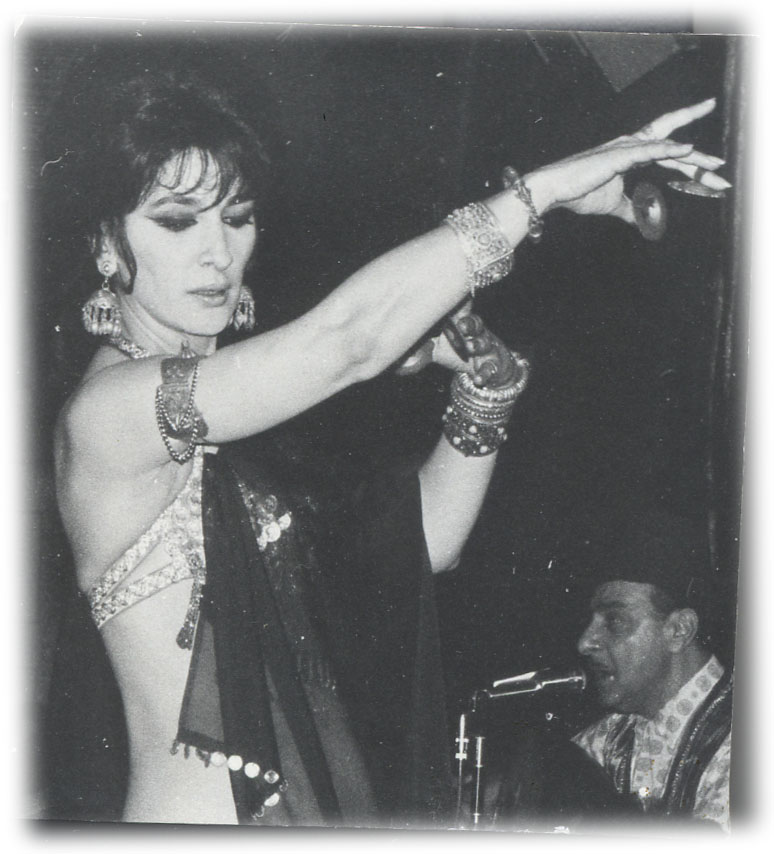Jamila Salimpour
My Mother
Recently I was strolling with a very talented tribal fusion dancer I know when she lamented, "Nowadays there are tribal fusion dancers who don't know what ATS is!"
"Ha!" I scoffed "Imagine how I feel!"
Her meaning was that many dancers are entering into the fusion style of bellydance without starting with what she sees as its predecessor - ATS, or American Tribal Style.
My meaning was that before ATS there was Jamila Salimpour technique, and many tribal fusion stars bypassed ATS but few, if any, were untouched by some form of Salimpour technique.
Have we just become two bitter young ladies who wish it could be like the old days, with no development in the art form?
Of course not!
But my concern is this: If you don't know the expansive movement vocabulary and history that came before you, what are you left to fuse with? What valuable development can be made within an art form that has rapidly been watered down during the last few decades?
Another value in looking back is realizing that there was a time before "style" separation.
I remember another conversation, this one with my mother. It was the late 1990s and she had just gotten off the phone with Kay Artle, a Swedish dancer who was writing an academic paper on the history of bellydance in Sweden. After putting down the phone she looked at me, confused, and asked, "Am I a tribal or cabaret dancer?".
Again, I had to laugh.
My mother, a student of Jamila's, moved to Stockholm in the 70s and was one of the first bellydance teachers in the country. In her day there was no such thing as being a tribal or cabaret dancer. Distinctions in costuming and music choice depended on the time of day and the audience. Folkloric inspired looks worked for the day time and cultural events, and beads and sequins were for night clubs. Assuit was like a little black dress that you could dress up or down; it always worked.
The steps - and there were many - were the same, and so was the genre of the dance, simply "bellydance".
So, back to the issue of fusion, be it "tribal fusion" or "modern" Egyptian. What is it that you are fusing from? What "old" is the "modern" departing from?
What are your roots? Water the roots of your dance tree - or else the branches will not grow.
In Stockholm? Sign up for a Salimpour workshop or class!


